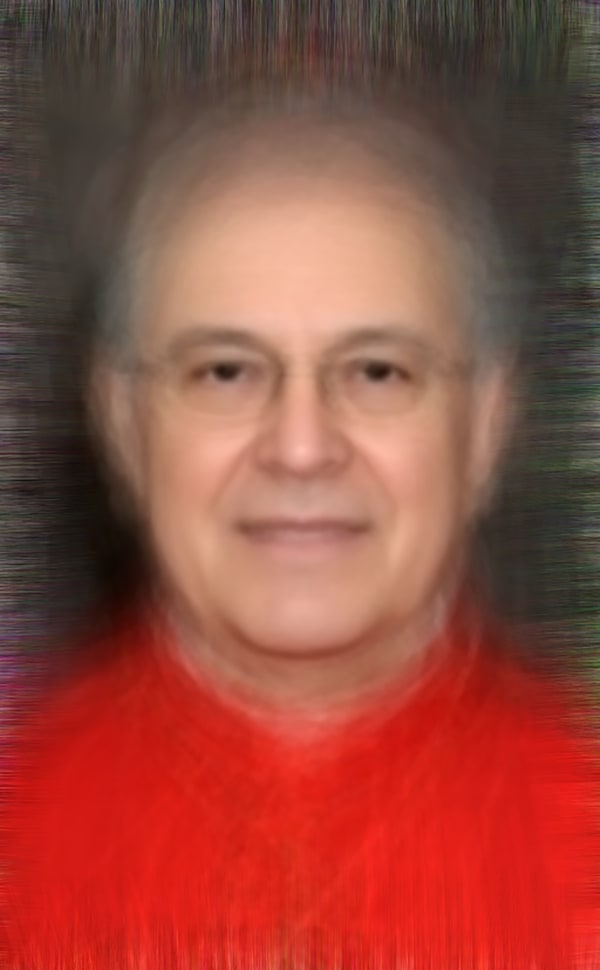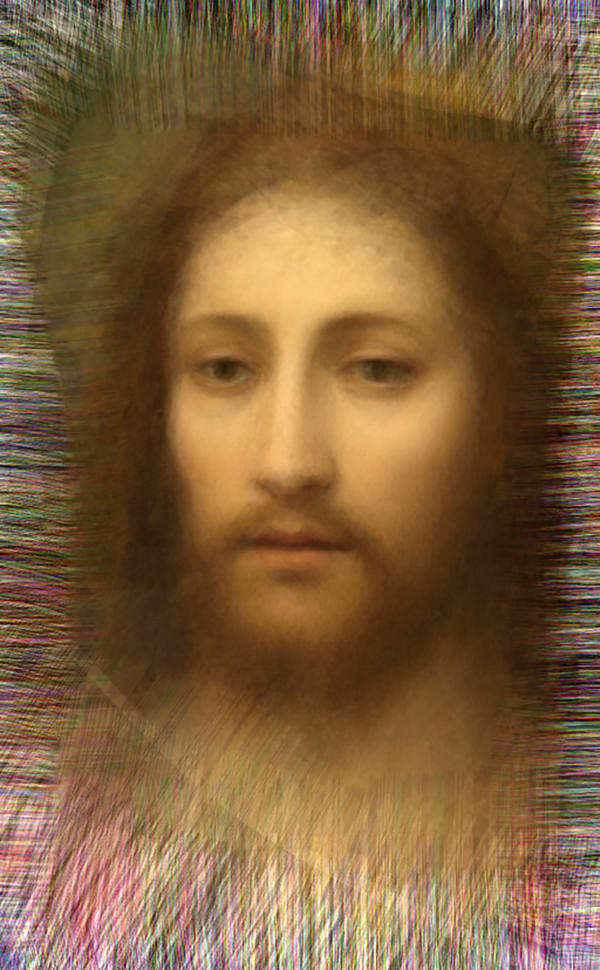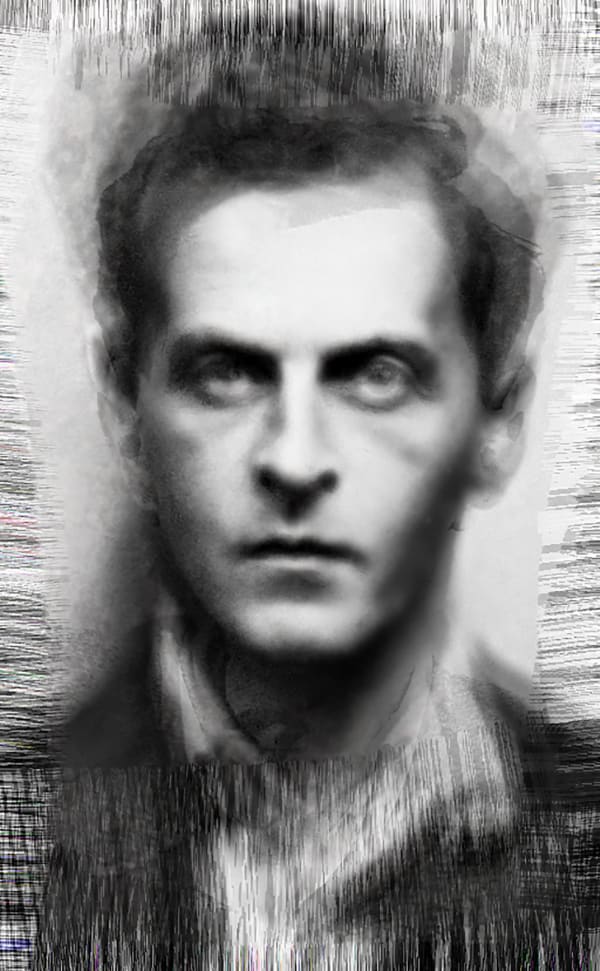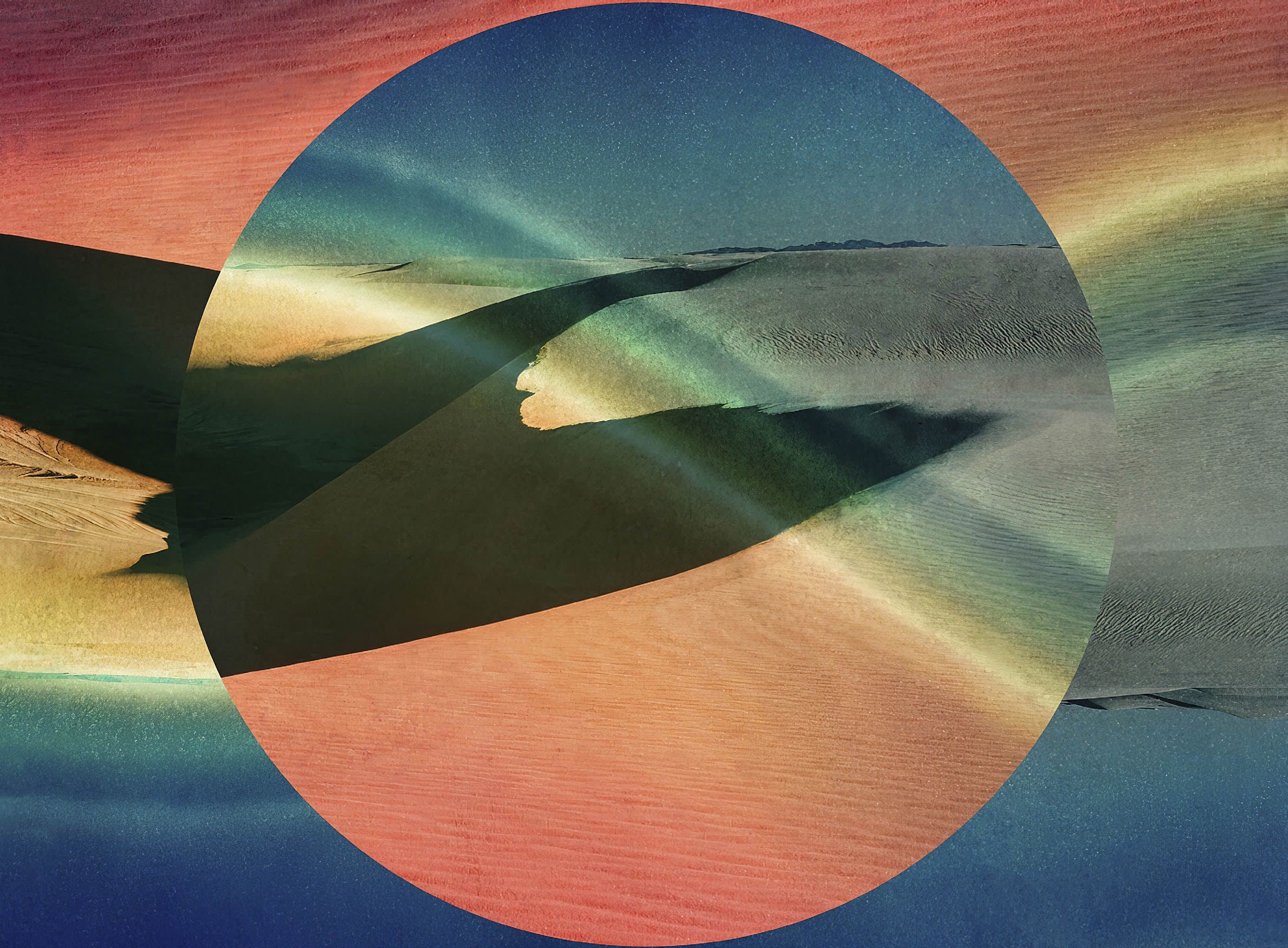Nachev: Solo Exhibition
A pioneer in the use of artificial intelligence in art, Nachev constantly challenges the notion of conceptual art, resorting to engineering and science to create works that travel beyond what the human artist is capable of conceptualising.
“It is a commonplace that the void art fills is the content, but when it comes to conceptual art the void is also the method. For to say your chisel is concepts is to say barely anything at all. How far can that generality be pushed? One hard limit we come against is the biological, that which lies behind concepts, for it is tacitly presupposed by their possibility. I use tools drawn from my experience as a neurologist and a neuroscientist to try to go behind the conceptual, deeper than any moves on the surface can disclose, into the biological most of us can neither see nor ever hope to escape from." – Nachev
Ministry of Nomads Art Gallery presents Nachev’s body of work, from 2013 to this day, for a focus on the electrifying affiliation between Art and Science, which we are seeing more of with the rise in machine-made art.
In ‘Lidless’, Nachev collaborated with Doug Foster to put together an HD video installation of a moving eye, seeking to communicate with their audience on a level that does not belong to the conceptual, societal or symbolic but to the purely biological. Nachev appeals to a part of our brain called the amygdala, which directs us to look for eyes in everything we see and more specifically the white parts of the eye, where we can detect fear. What is fascinating is that the artistic purpose ends there, exposing the public to the whites of an eye – the seemingly less interesting part of our visual organ – simply to communicate with his audience on a biological level, to flick that ‘fear’ switch in their brain.
‘At Nemi’ was a video installation in a collaborative show put together by Ministry of Nomads called ‘Revelata’. The four artists drew on their disparate skills to create works that give body to power through atomic elements, creating installations that ignite and extinguish people, building, artefacts, music and ideas.
Nachev’s most powerful work, the series ‘Canonical’ is a striking demonstration of the use of AI in art. Nachev trained an algorithm to generate portraits that are a synthesis, a canonical, of multiple individuals belonging to a group with a common characteristic. This way, he creates a single portrait of the assembling of all the Nobel Prize winners or of thirteen million dollars’ worth of paintings containing the image of Christ sold at auction. With these portraits, Nachev challenges the notion of conceptual art by arriving at the universality that artists strive for with the brute force of a machine creating inexistent faces that are not only grounded in reality but exhaustive of it.
His most recent and destabilising work ‘Koinonia’ (2018), made alongside neuroscientist and computational anatomist John Ashburner, repurposes the portrait of all the Cardinals of the Catholic church from ‘Canonical’ and combines it with the images of 681 portraits of males at a self-reported moment of sexual climax, imbuing the cardinals with a sensation they may have never had. Mixing religion and sexuality in this subversive work, Nachev produces a piece that expresses human commonality, as religion and sexual ecstasy are the prime elements of humanity’s uniformity.
To find out more about 'Canonical' and 'Koinonia', read Ministry of Nomad's article about the use of AI in art on their Artsy profile.
The British neurologist, cognitive scientist, lecturer and researcher at UCL continuously finds outstanding ways of producing a form of communication stripped from subjectivity by uniting science and art, connecting with his audience on a level that is greater than the conceptual.
Proud to have a significant artist like Nachev as part of their platform, Ministry of Nomads is a commercial, educational and philanthropic platform for emerging and established artists and collectors, constantly roaming the world in search of special talent.















